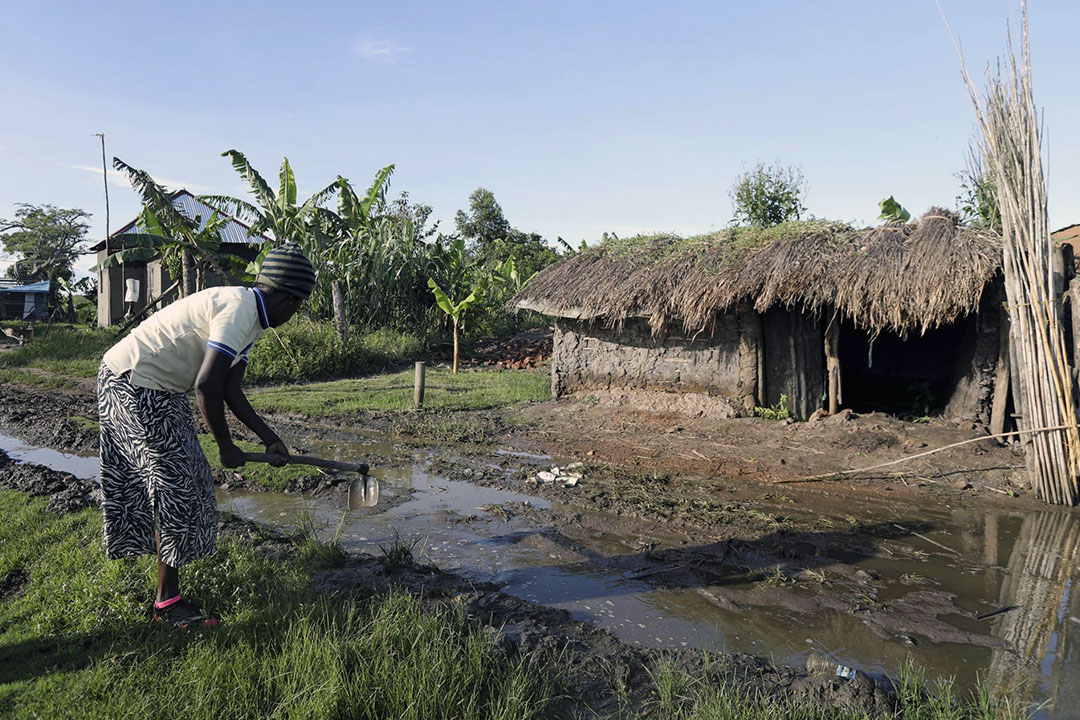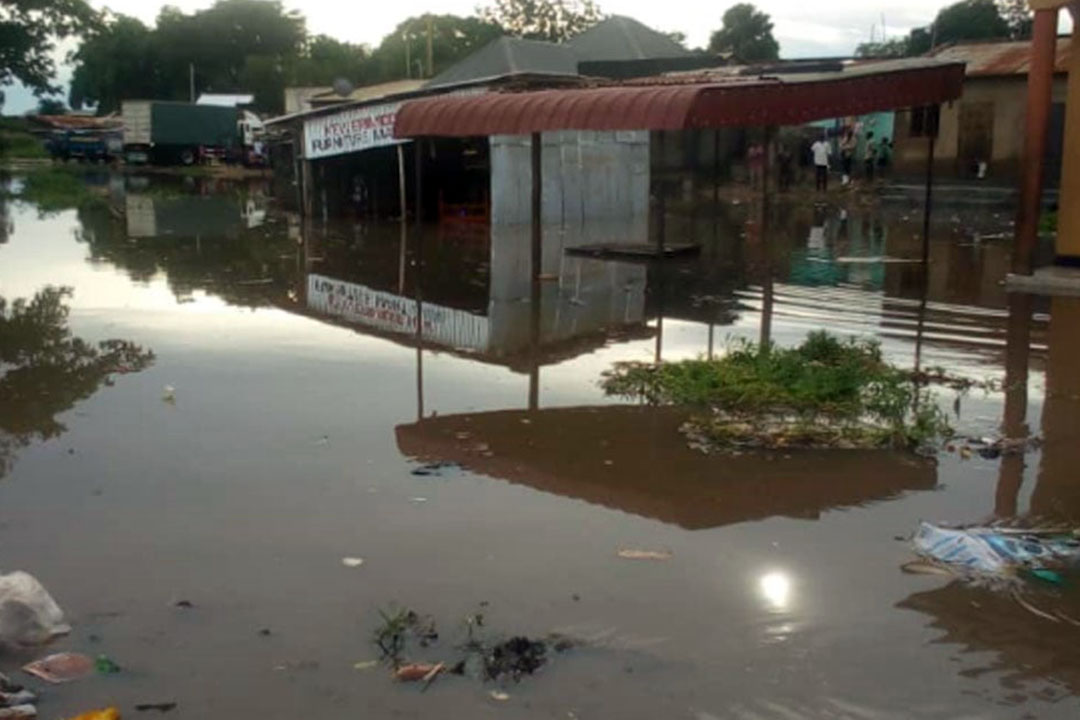One of the most pressing concerns for East Africa is the increasing frequency and severity of extreme weather events. From prolonged droughts to devastating floods, communities across the region are already feeling the effects of a changing climate. According to climate models, these trends are expected to continue, with projections indicating a higher likelihood of extreme weather events in the coming years.
Drought, in particular, poses a significant threat to East Africa's agricultural sector, which relies heavily on rain-fed farming. With erratic rainfall patterns and prolonged dry spells becoming more common, crop yields are expected to decline, leading to food insecurity and economic hardship for millions of people. In response, governments and international organizations are implementing strategies to improve water management, promote drought-resistant crops, and enhance adaptive capacity among vulnerable communities.
On the other hand, East Africa is also experiencing an increase in rainfall intensity, leading to flash floods and landslides in many parts of the region. These events not only result in loss of life and property but also exacerbate environmental degradation and disrupt essential services such as transportation and healthcare. To address this challenge, governments are investing in infrastructure development, including improved drainage systems and early warning systems, to mitigate the impacts of flooding and enhance disaster preparedness.
Rising temperatures are another key aspect of climate change that East Africa is confronting. As temperatures continue to climb, the risk of heat-related illnesses and crop failures is expected to rise, particularly in urban areas where the heat island effect exacerbates the problem. Additionally, warmer temperatures can lead to the spread of diseases such as malaria and dengue fever, posing a threat to public health. To combat this, governments are implementing measures to improve access to healthcare services and increase public awareness of the health risks associated with climate change.
Furthermore, climate change is also affecting East Africa's diverse ecosystems, including its iconic savannas, forests, and coastal areas. Shifts in temperature and rainfall patterns are altering habitat suitability for many species, leading to changes in biodiversity and ecosystem functioning.
In response, conservation efforts are being intensified, with a focus on protecting critical habitats, restoring degraded landscapes, and promoting sustainable land management practices.
Nonetheless, there are also opportunities for East Africa to thrive in a changing climate. The region's abundant renewable energy resources, such as solar and wind power, offer a sustainable alternative to fossil fuels and can help reduce greenhouse gas emissions. Additionally, investments in climate-smart agriculture and green technologies can create new economic opportunities and contribute to poverty alleviation.
The 2024 climate change predictions for East Africa paint a complex picture of both challenges and opportunities.
While the region faces numerous obstacles in adapting to a changing climate, concerted efforts by governments, communities, and international partners can help build resilience and foster sustainable development. By taking proactive measures to mitigate the impacts of climate change and capitalize on emerging opportunities, East Africa can chart a course towards a more sustainable and prosperous future.
Top predictions by A.I in summary:
- Increasing frequency and severity of extreme weather events, including droughts and floods.
- Erratic rainfall patterns and prolonged dry spells threatening agricultural productivity, leading to food insecurity and economic hardships.
- Governments implementing strategies to improve water management and promote drought-resistant crops.
- Infrastructure development, including drainage systems and early warning systems to mitigate the impacts of flooding and enhance disaster preparedness.
- Rising temperatures posing risks of heat-related illnesses, crop failures, and the spread of diseases like malaria.
- Investment in abundant renewable energy resources for sustainable development, including solar and wind power.
- Investments in climate-smart agriculture and green technologies to create economic opportunities for poverty alleviation.


